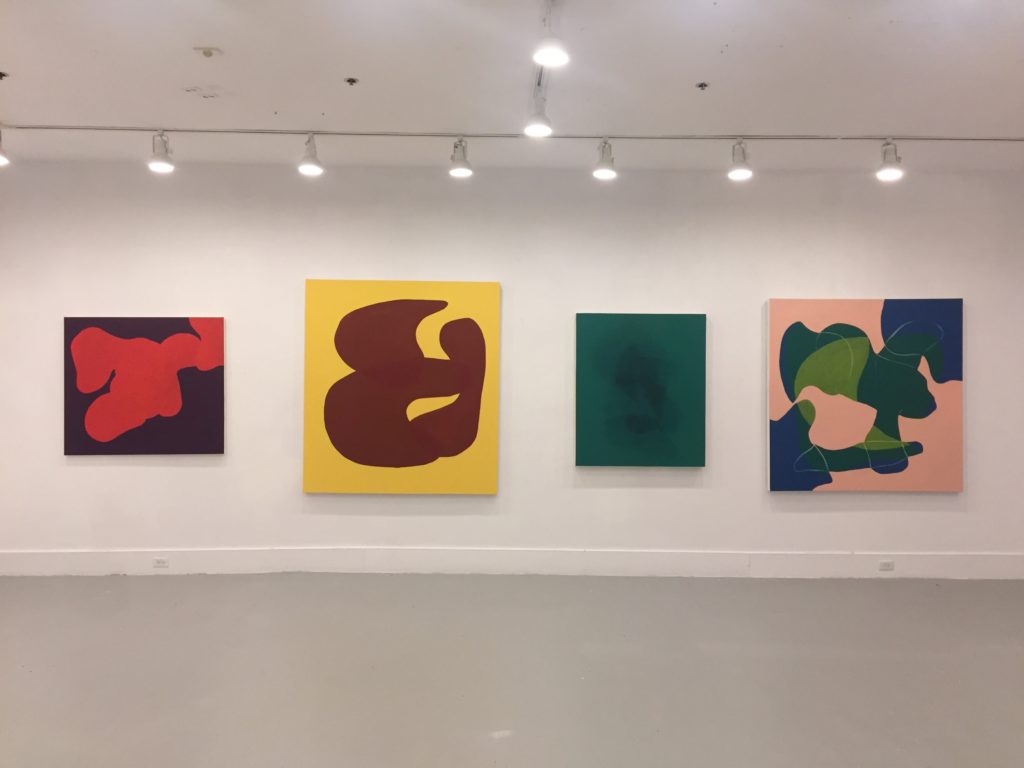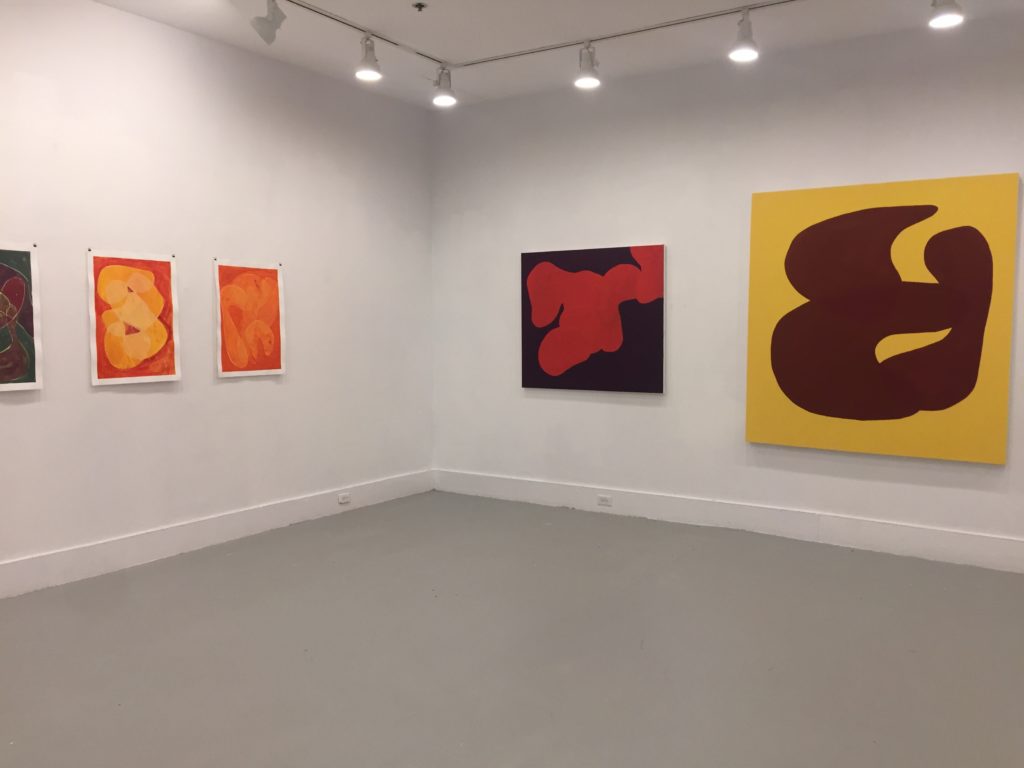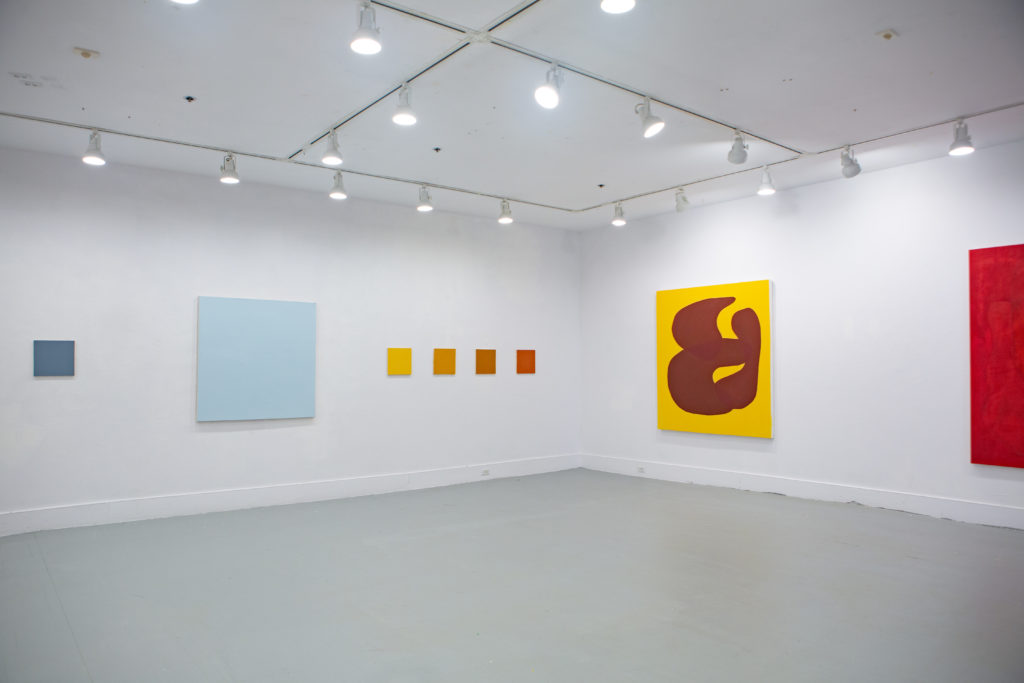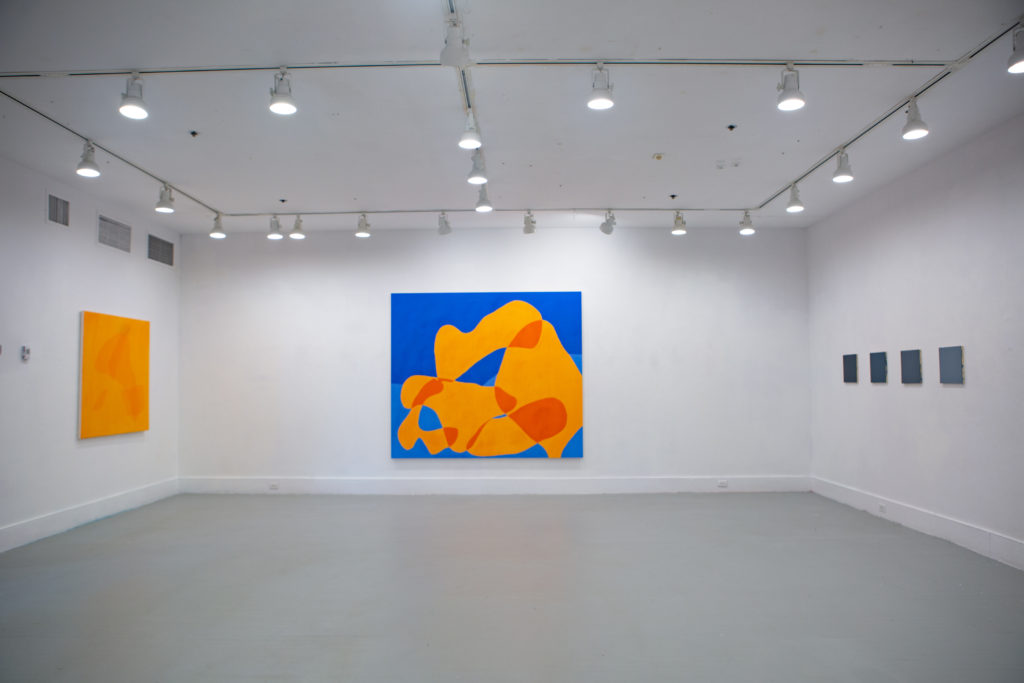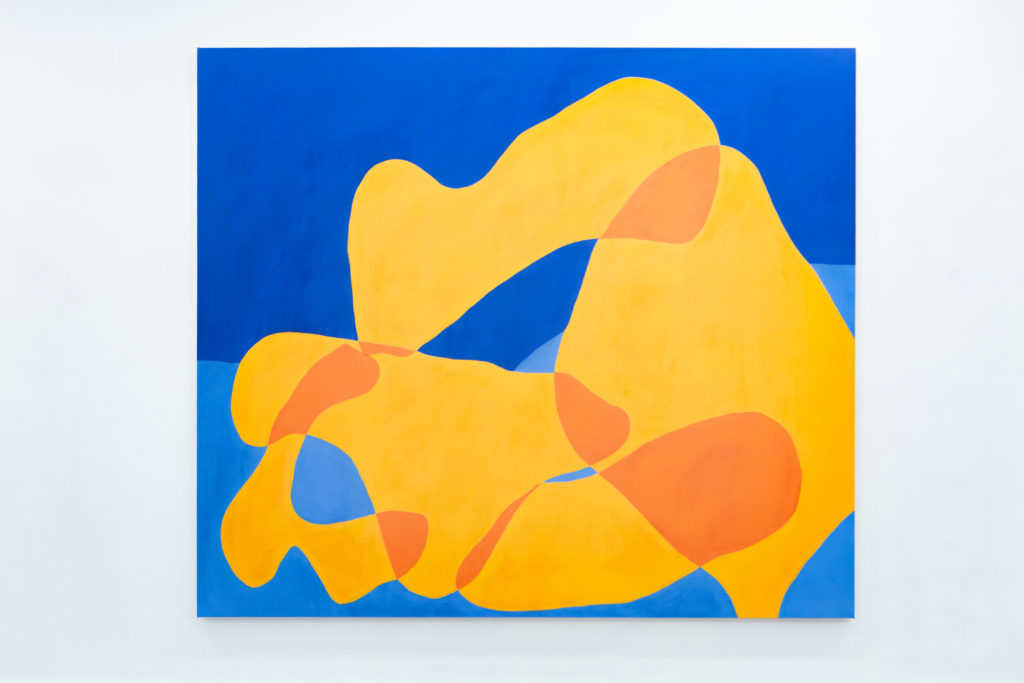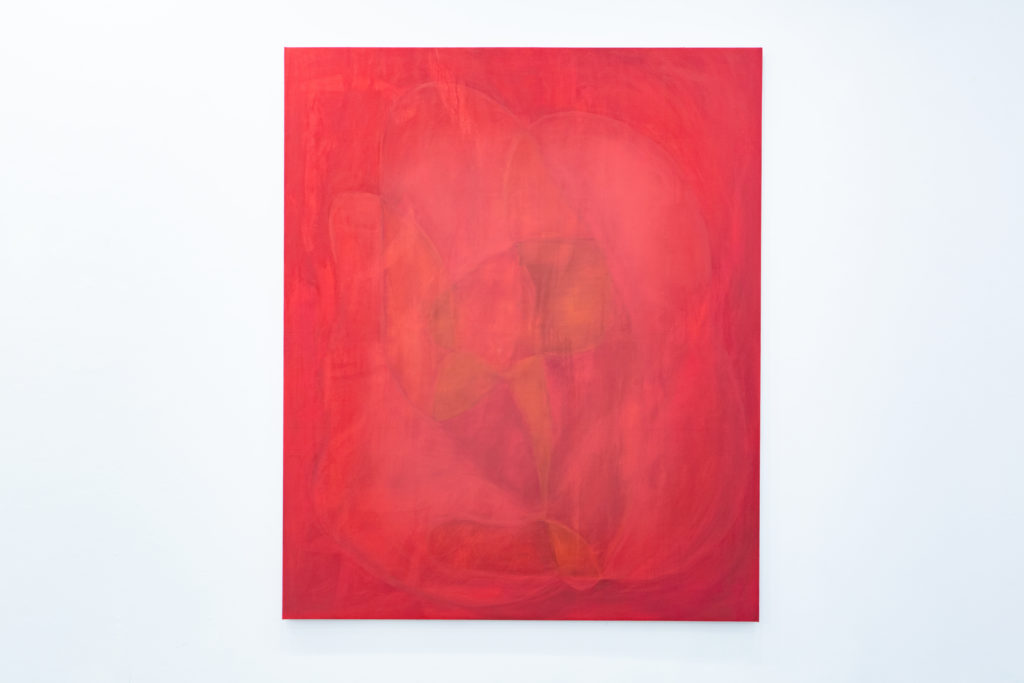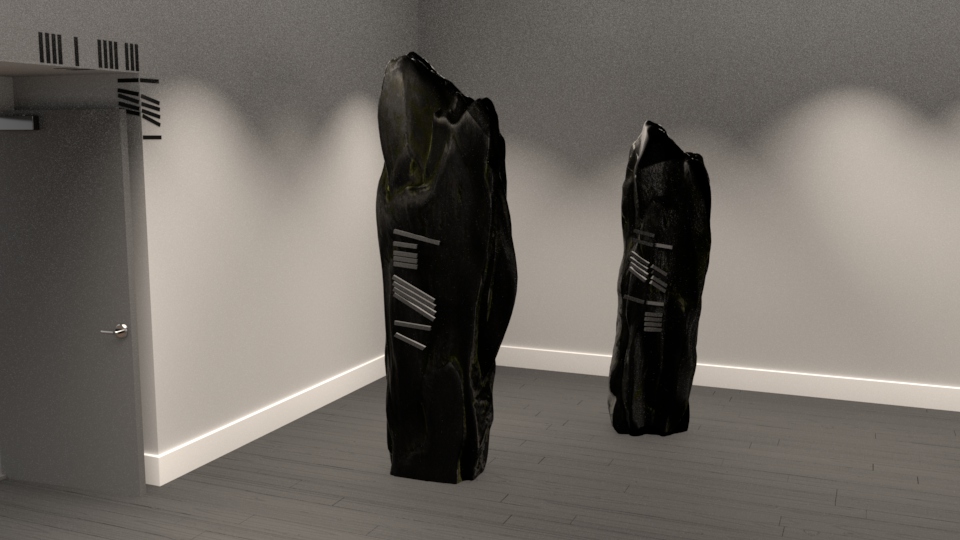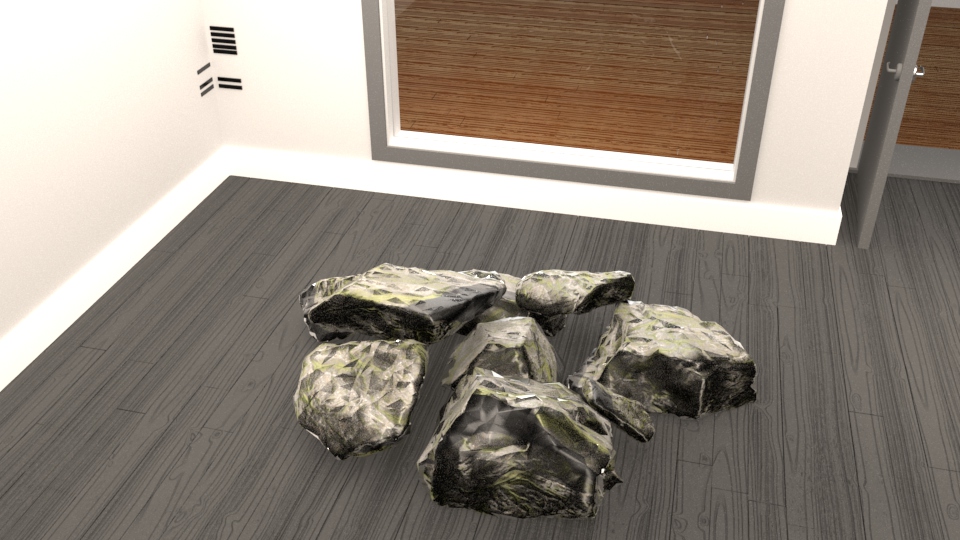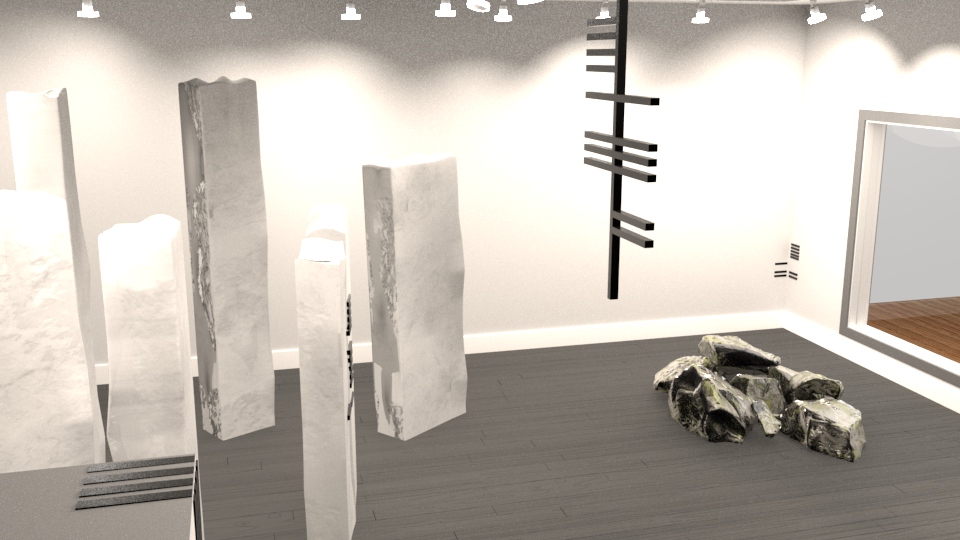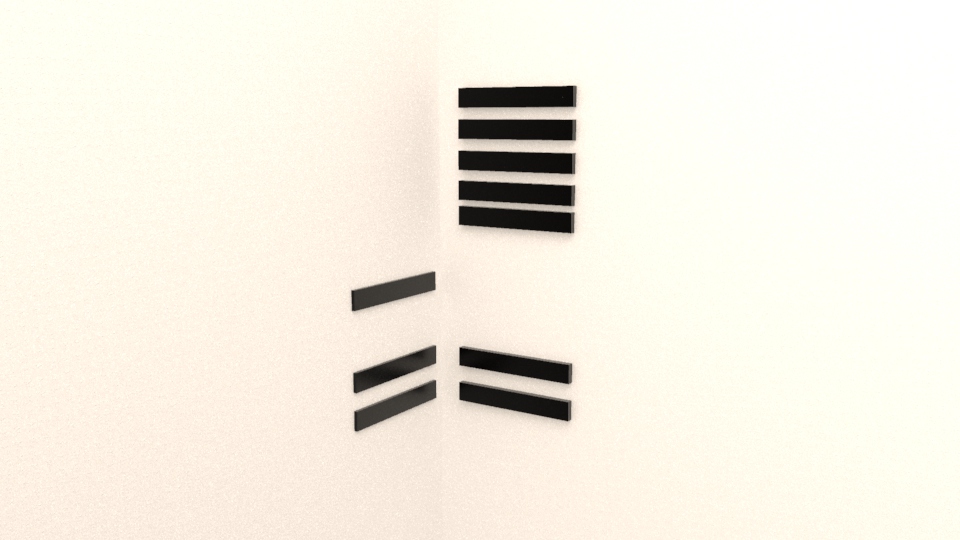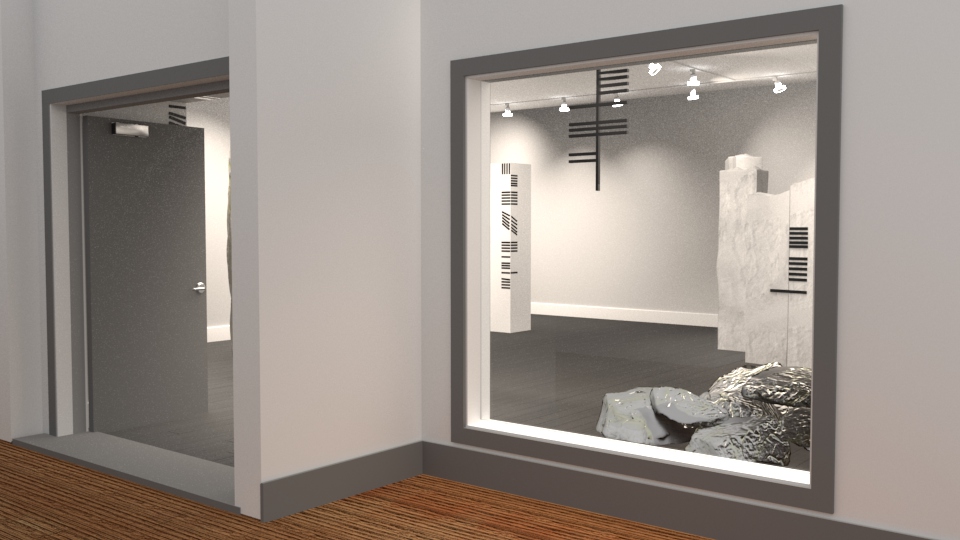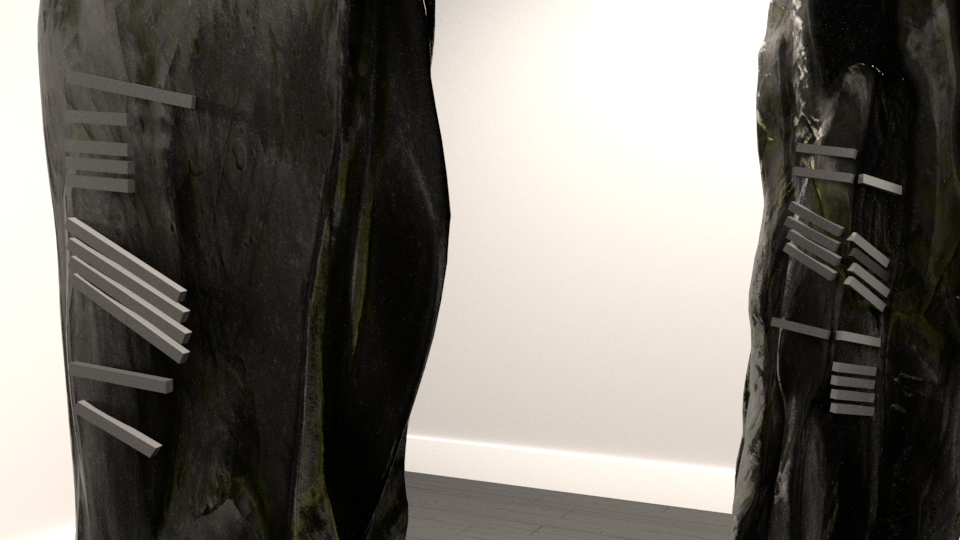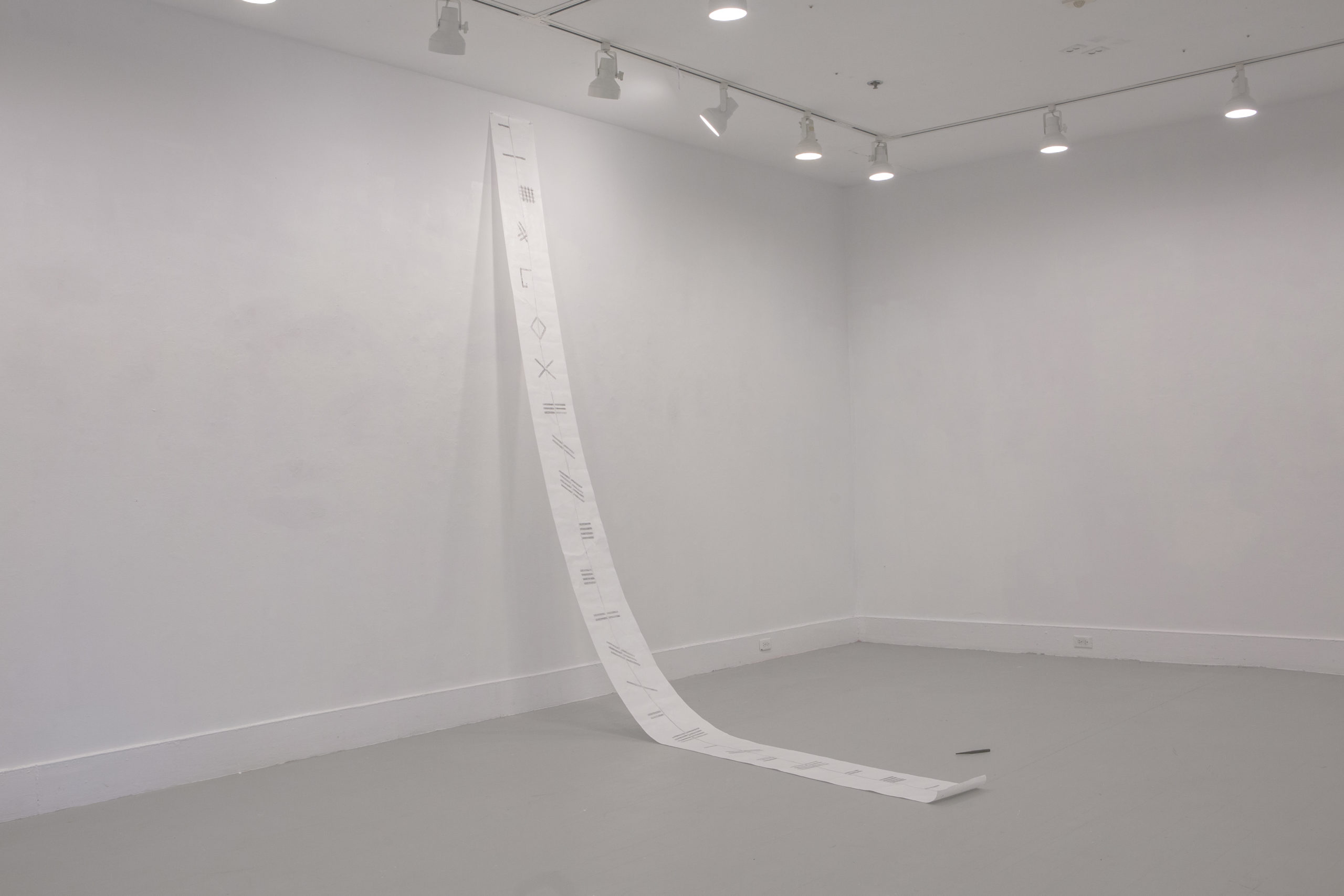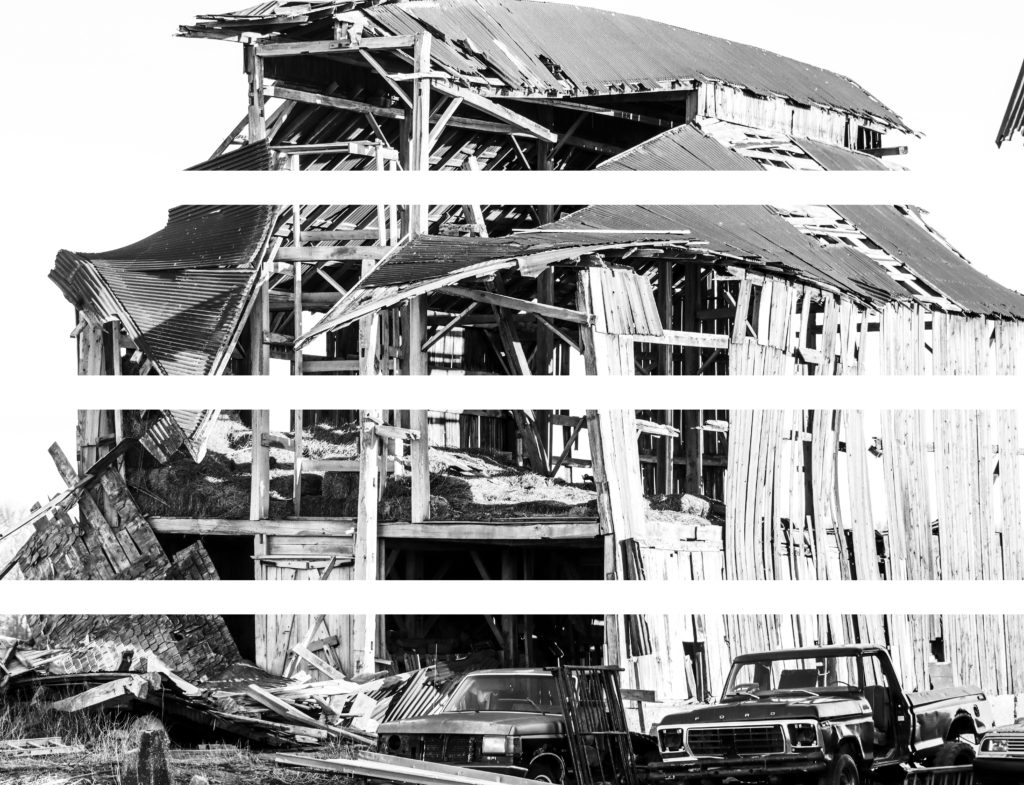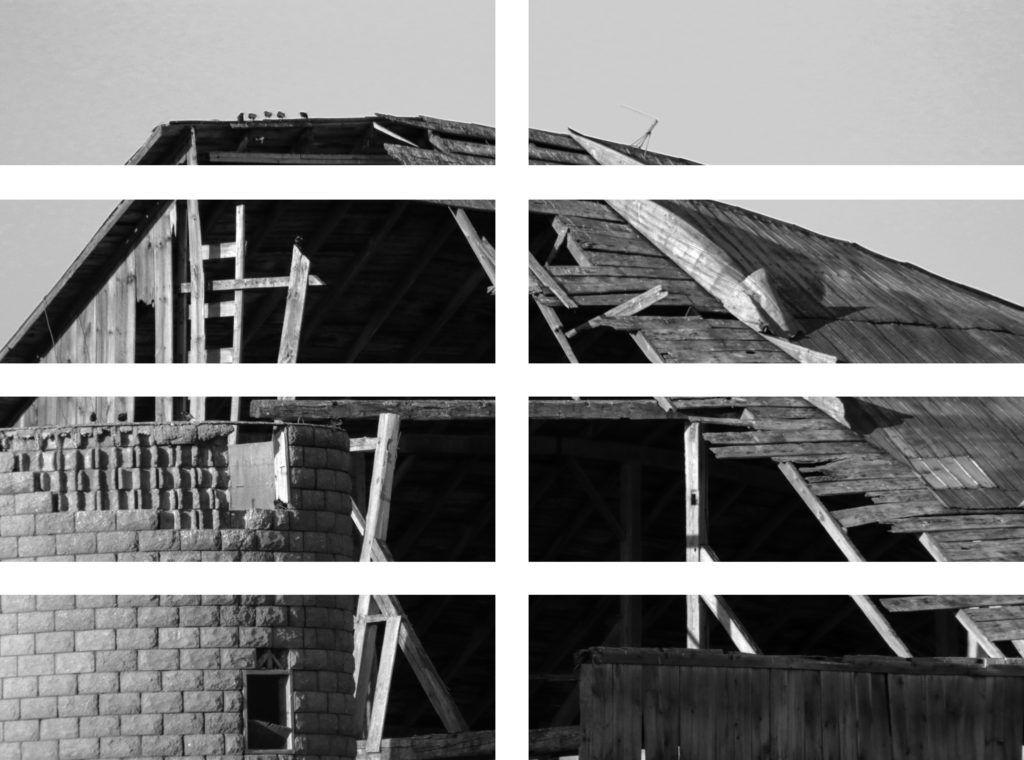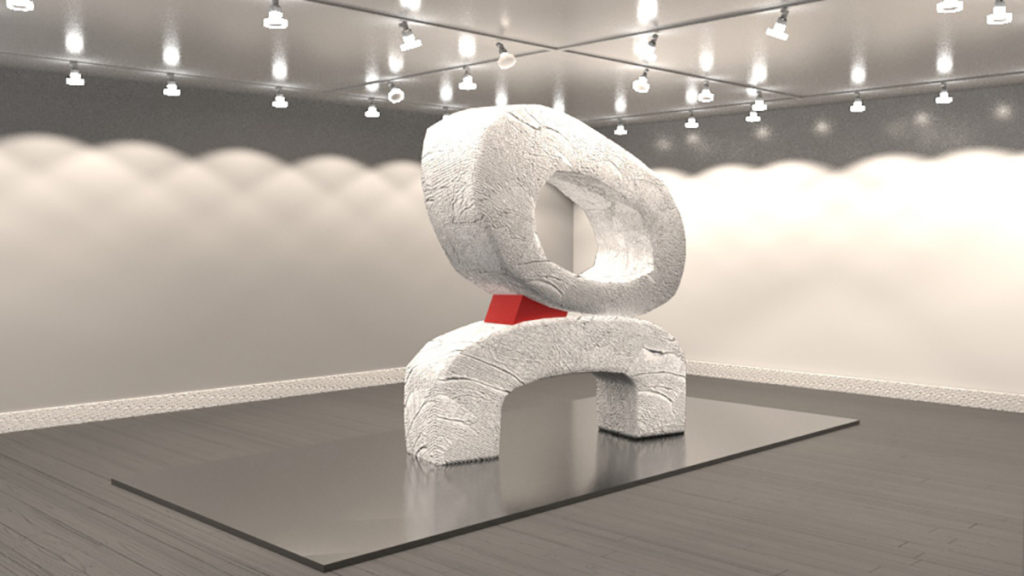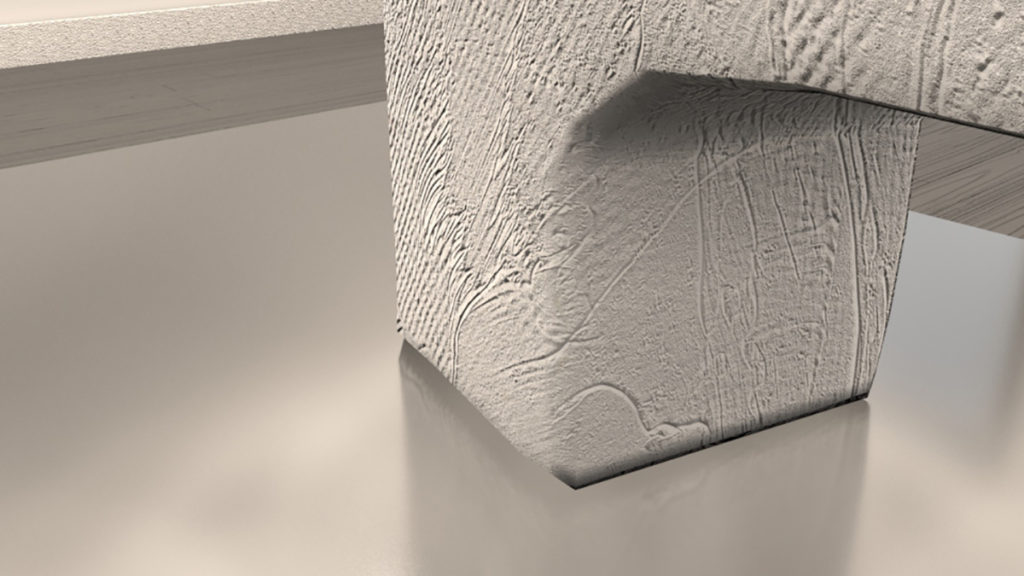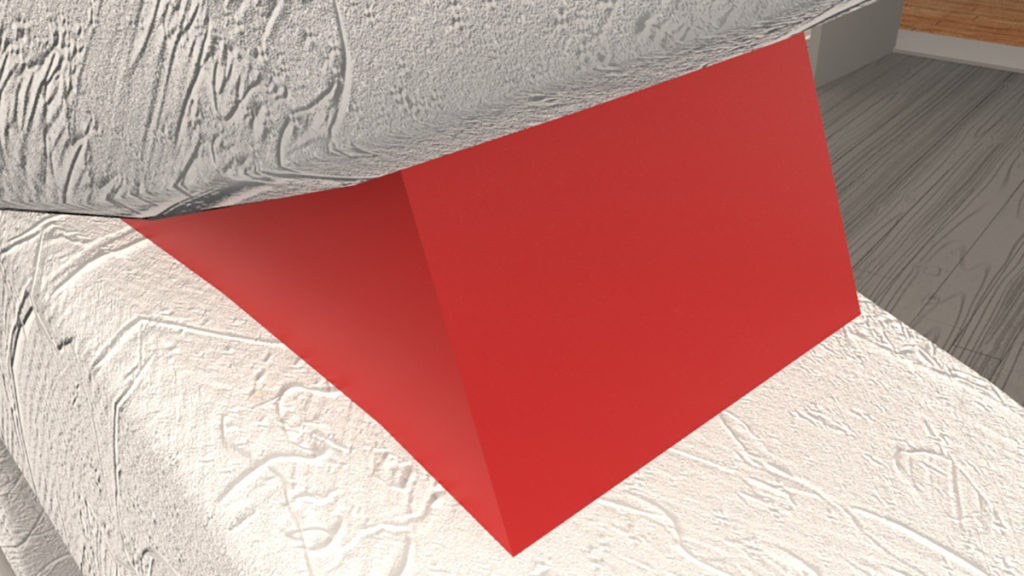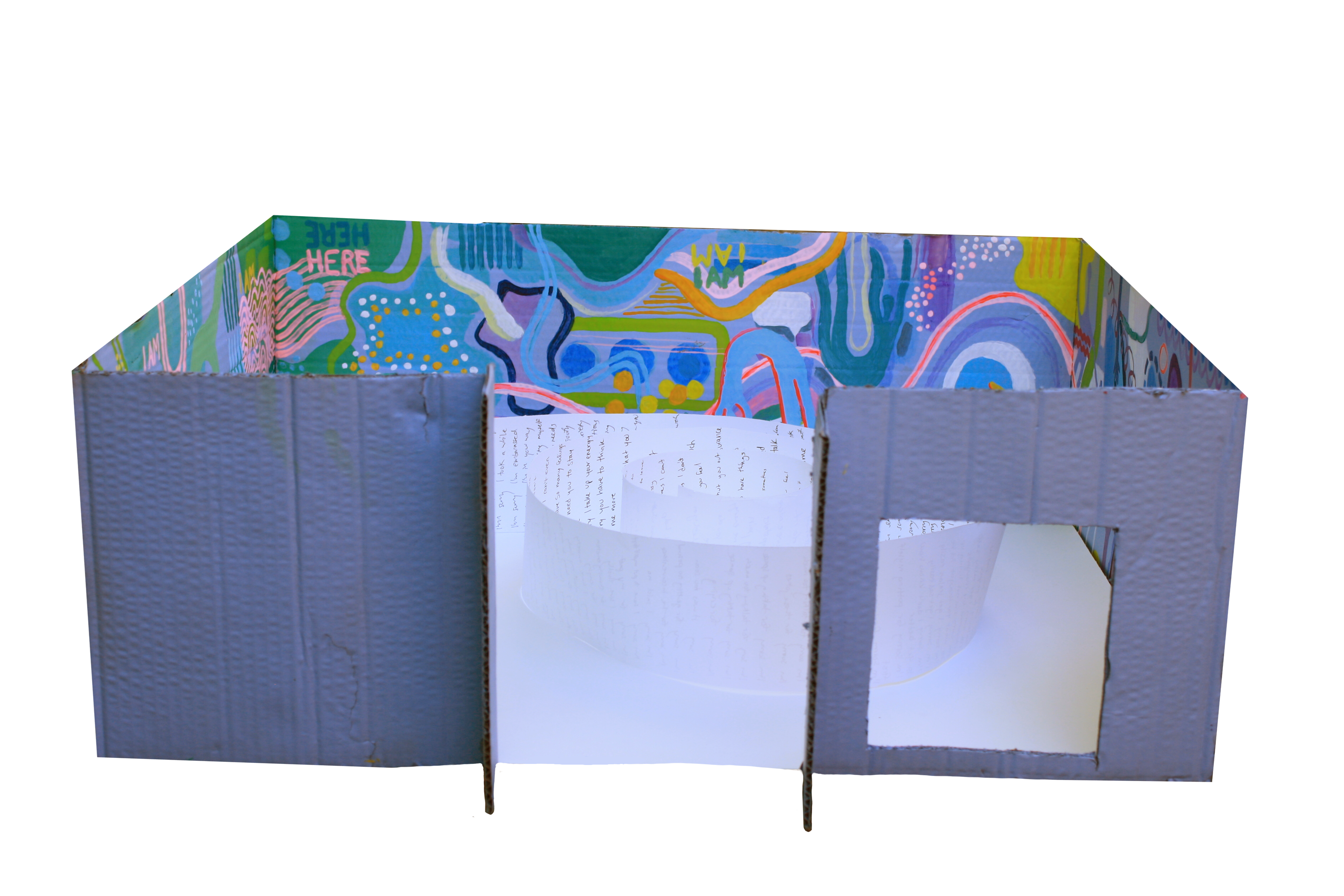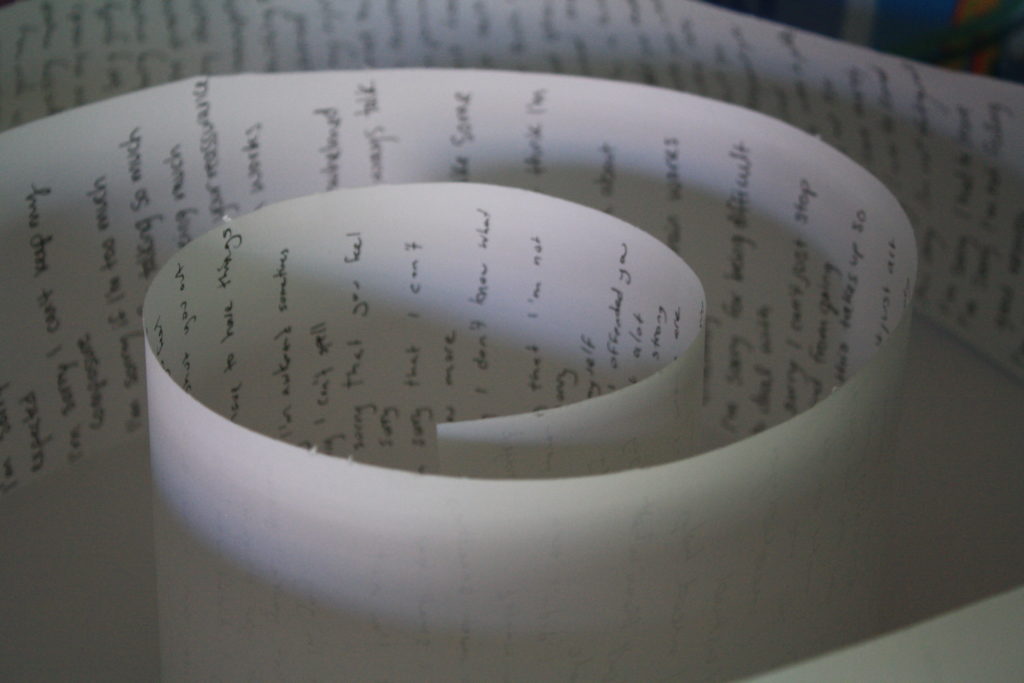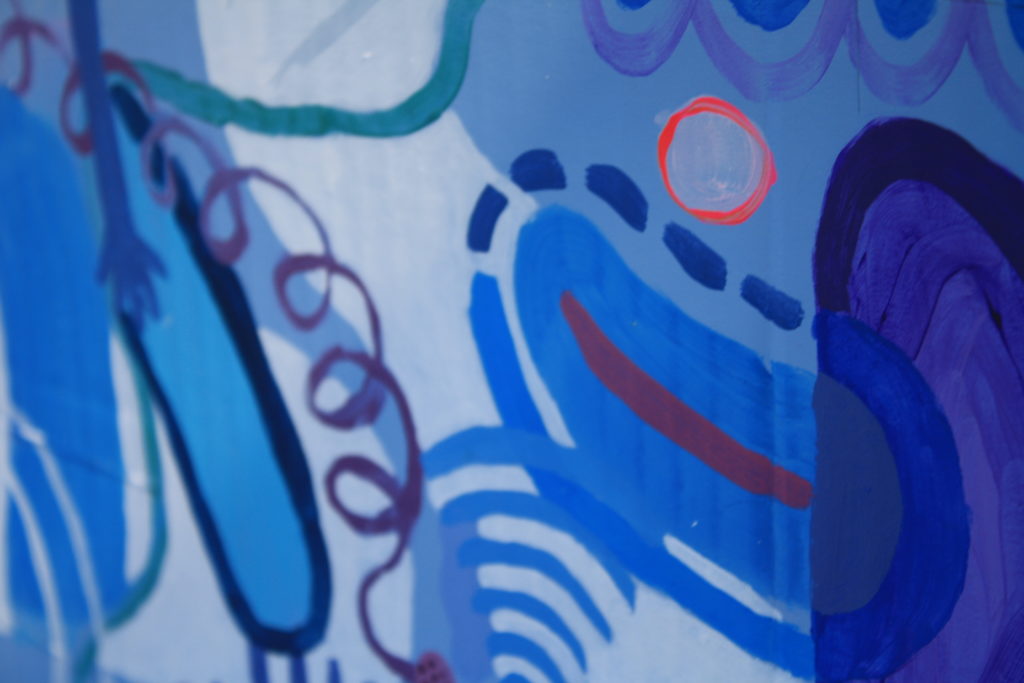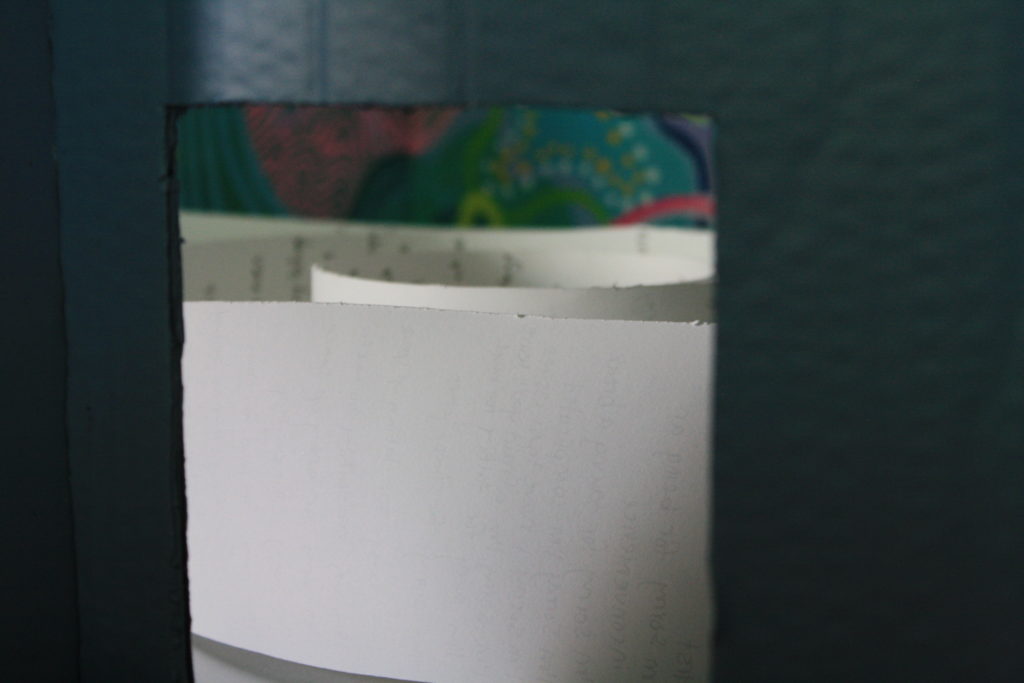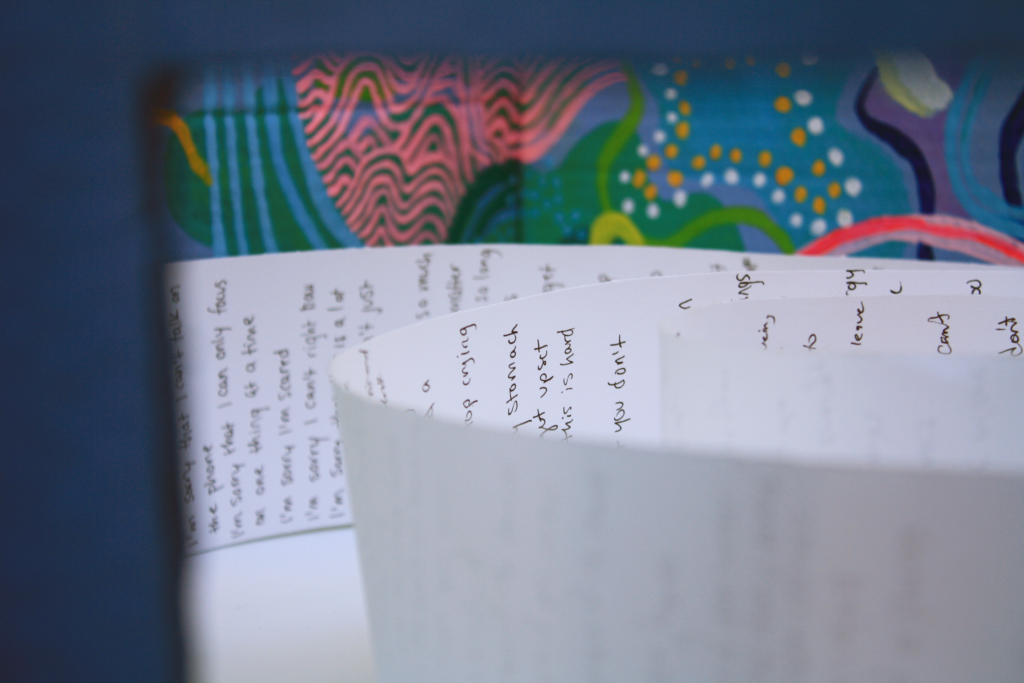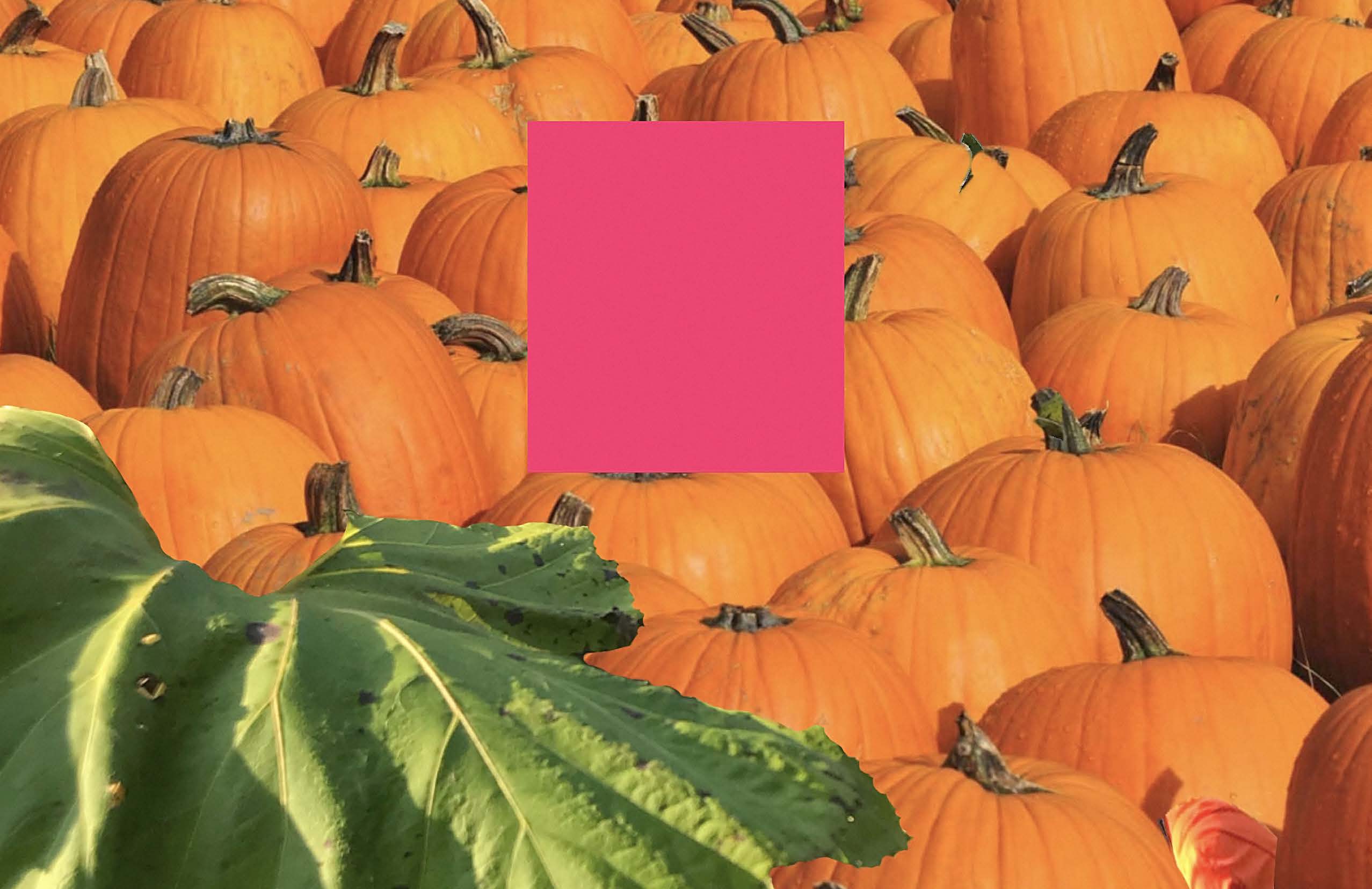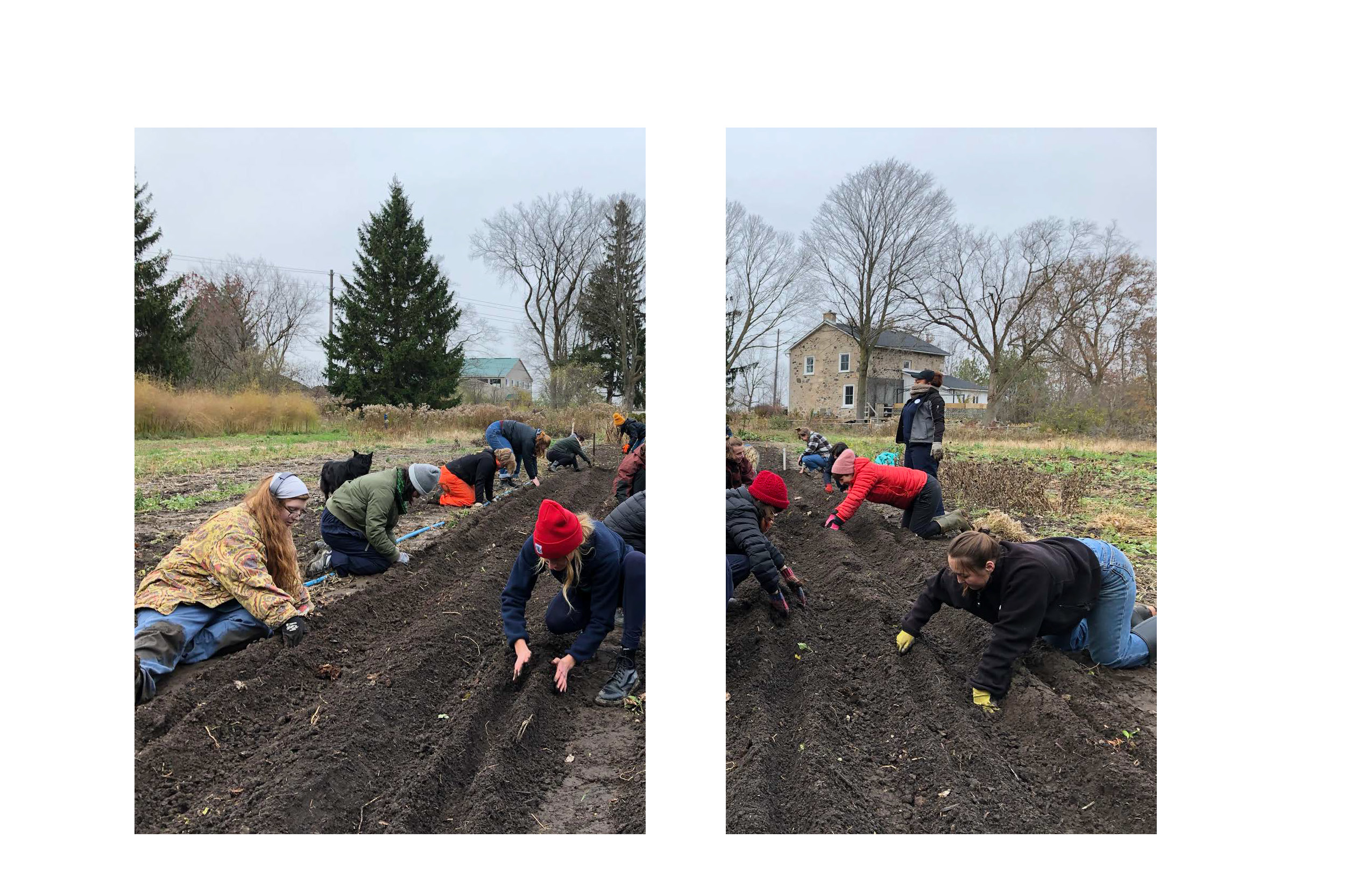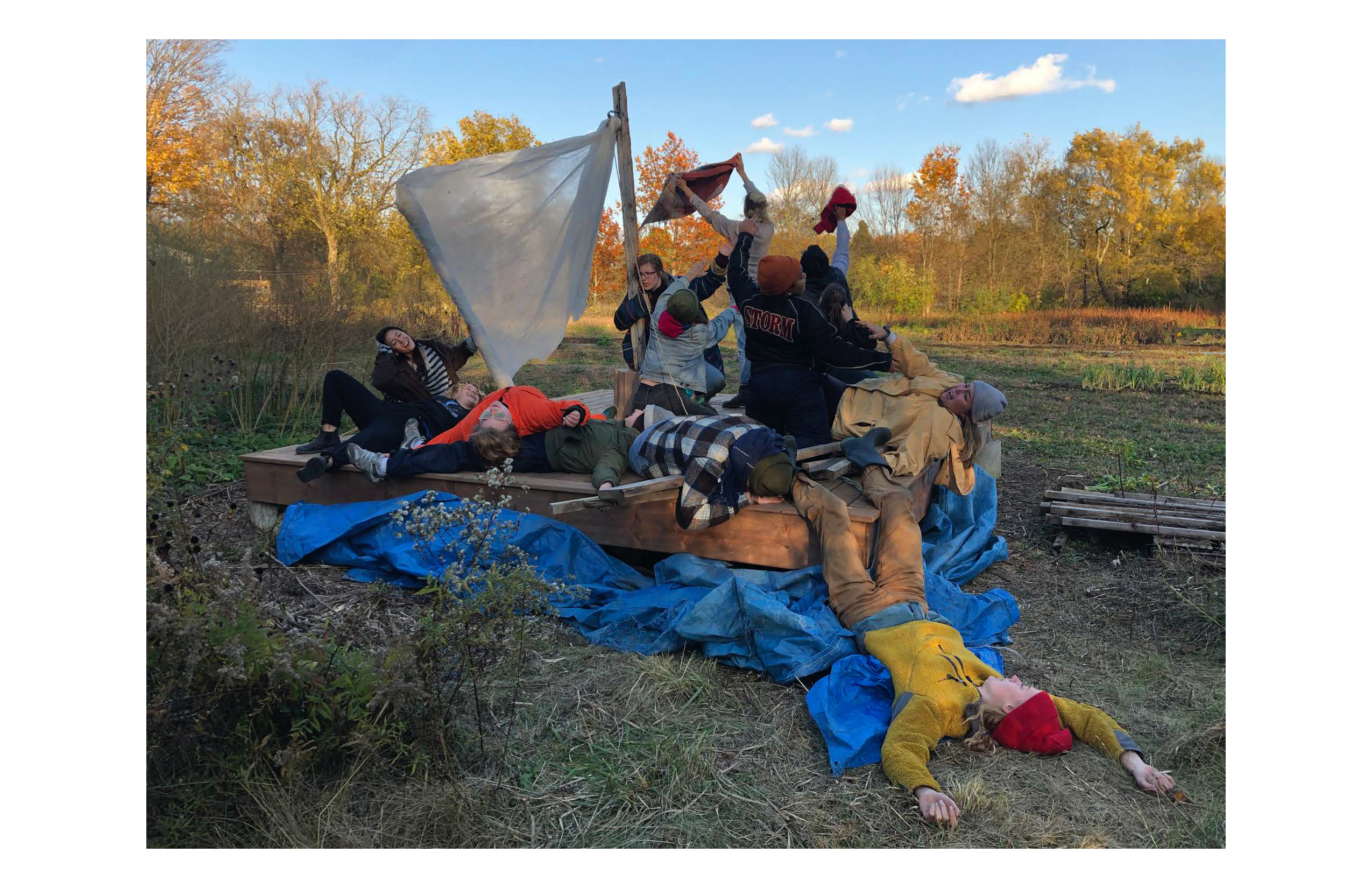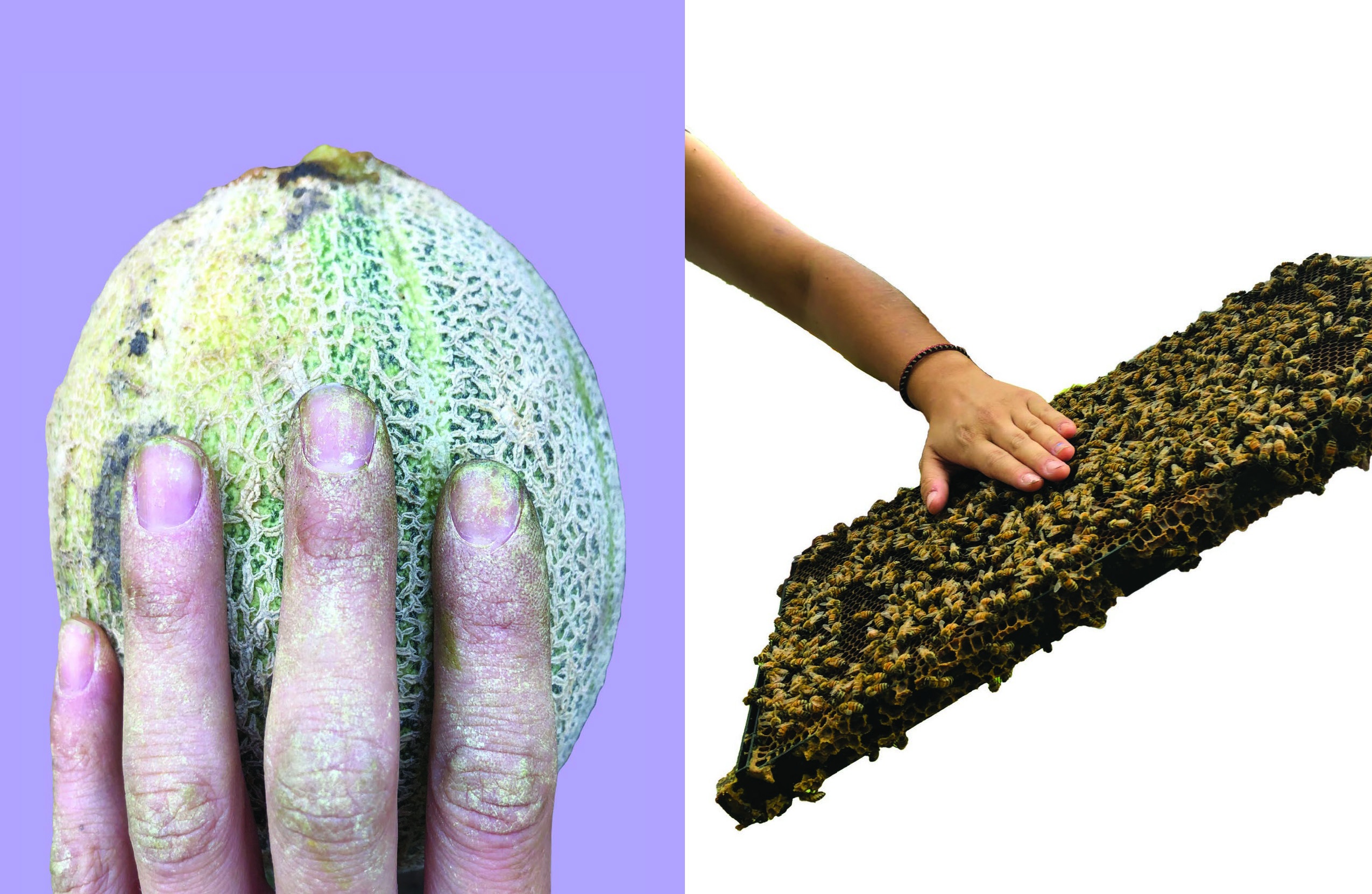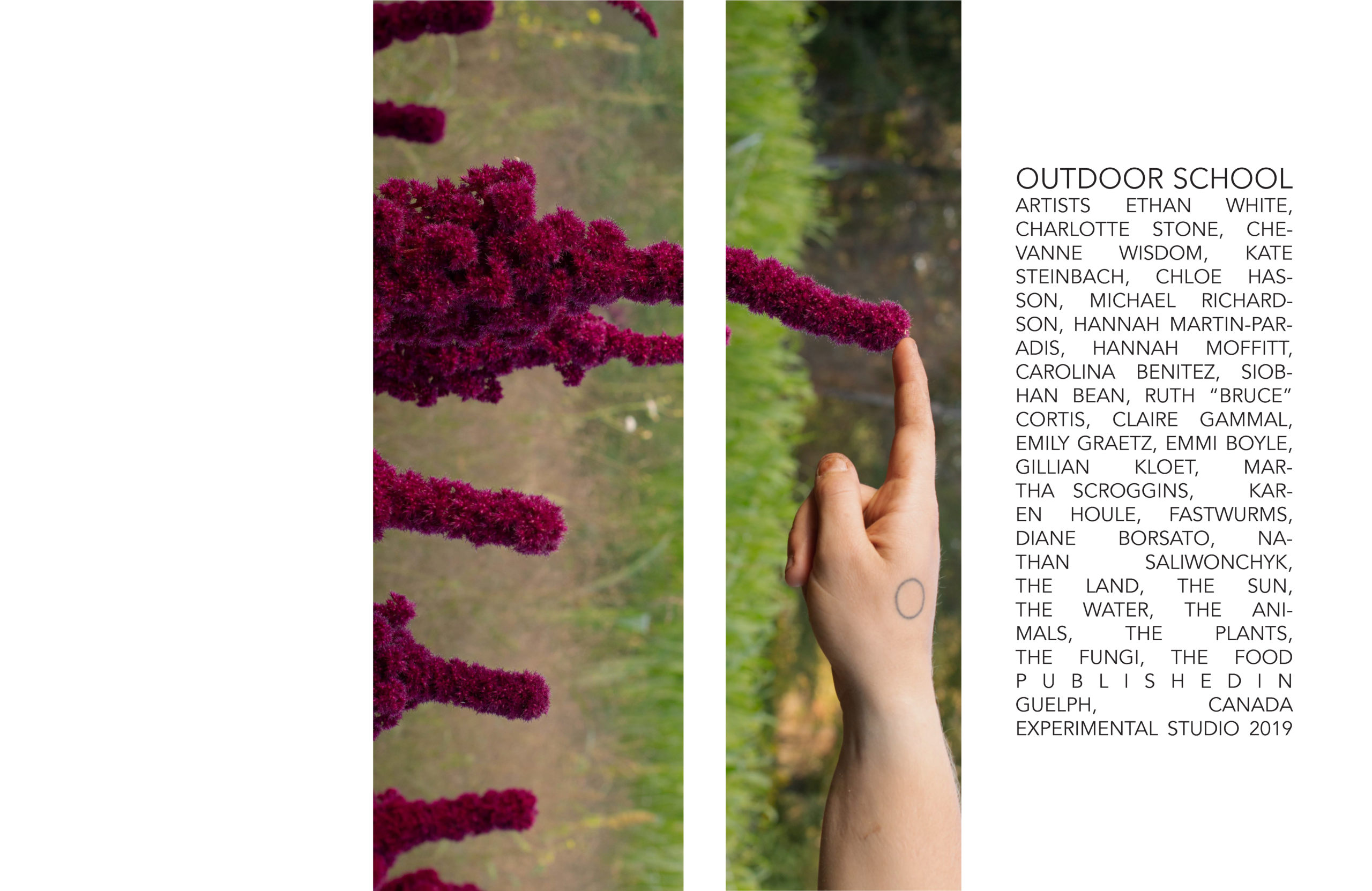By Emily Escoffery

Green and Greenish, 2020
Oil and acrylic on canvas, 48 x 42 inches (121.92 x 106.68 cm)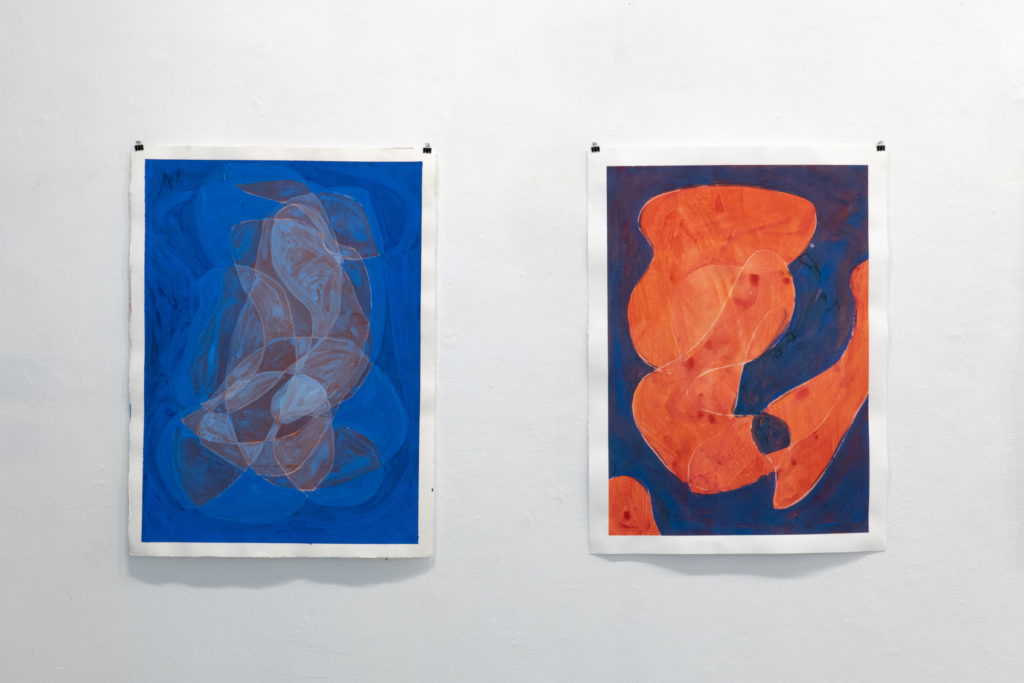
Blue and Blue/Red, 2020
Gouache and acrylic on paper, 30 x 22 inches (76.2 x 55.88 cm)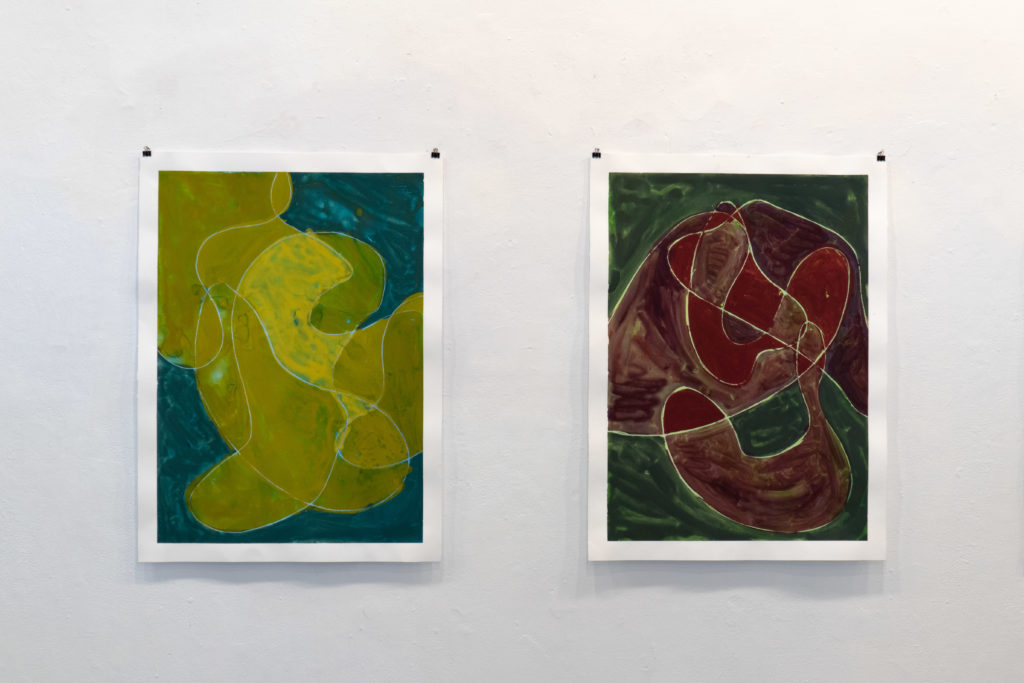
Yellow-Green/Blue and Green/Purple, 2020
Gouache and acrylic on paper, 30 x 22 inches (76.2 x 55.88 cm)
Yellow/Red and Orange, 2020
Gouache and acrylic on paper, 30 x 22 inches (76.2 x 55.88 cm)
Purple and Red, 2020
Oil and acrylic on canvas, 48 x 42 inches (121.92 x 106.68 cm)
Yellow and Crimson, 2020
Oil and acrylic on canvas, 60 x 72 inches (152.4 x 182.88 cm)
Green, 2020
Oil and acrylic on canvas, 48 x 42 inches (121.92 x 106.68 cm)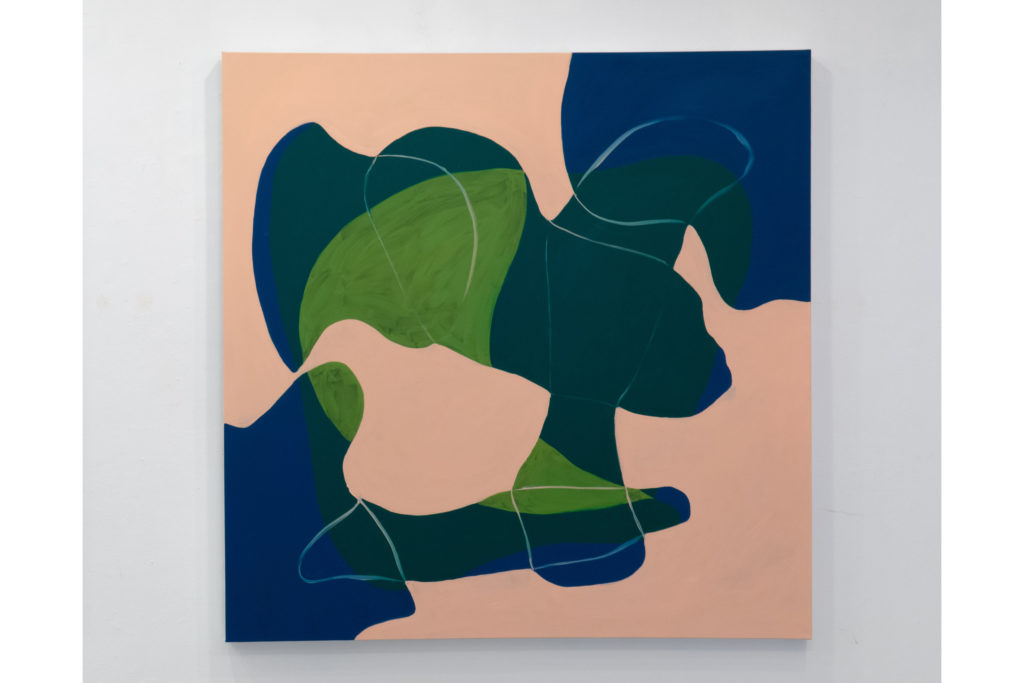
A Bunch of Things, 2020
Oil and acrylic on canvas, 60 x 60 inches (152.4 x 152.4 cm)
Big Blue #2, 2020
Oil and acrylic on canvas, 90 x 78 inches (228.6 x 198.12 cm)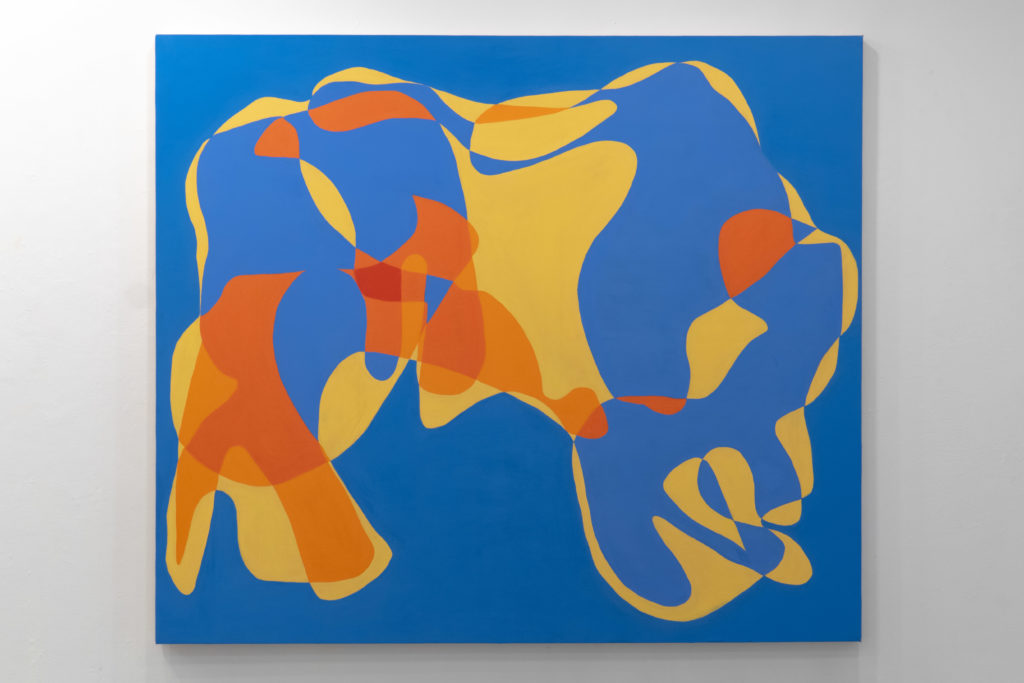
Big Blue #1, 2020
Oil and acrylic on canvas, 72 x 84 inches (182.88 213.36 cm)
This body of work explores both colour and the application of paint.
Follow Emily on Instagram here.

